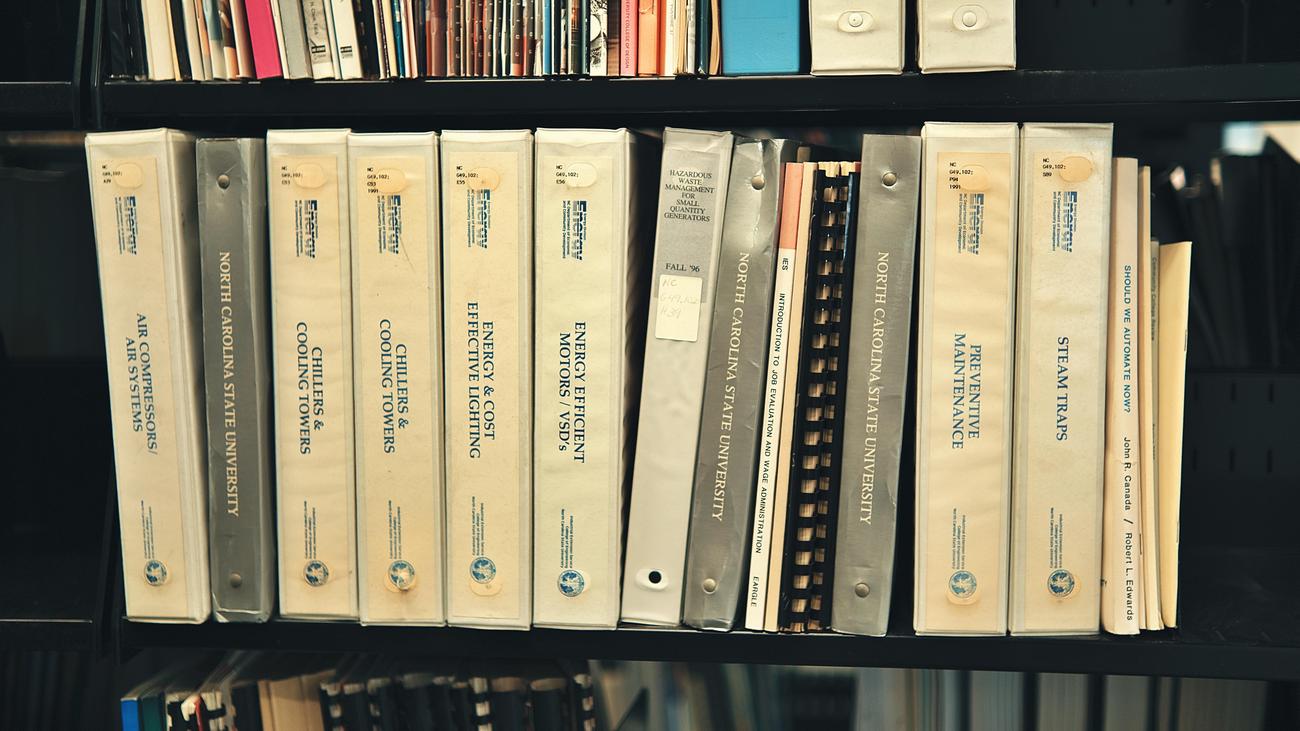Unveiling the Wonders of the Human Neck
Are you ready to dive deeper into the fascinating world of the human skeleton? Today, we are going to unravel the wonders of the human neck by exploring some interesting facts about cervical vertebrae. As an experienced healthcare professional with expertise in orthopedics, I have dedicated my career to studying the complexities of the musculoskeletal system. Join me on this journey as we delve into the intricate structure and functions of cervical vertebrae, revealing some captivating insights that will leave you amazed. Prepare to be enlightened!

Interesting Facts about Cervical Vertebrae
The human neck is a remarkable structure composed of cervical vertebrae, which play a crucial role in supporting the weight of our head, protecting the spinal cord, and enabling a wide range of head movements. These cervical vertebrae offer several fascinating aspects that set them apart from other vertebrae in our spine.
1. Triangular Vertebral Foramen: One distinguishing feature of cervical vertebrae is their triangular vertebral foramen, the opening through which the spinal cord passes. This unique shape allows for flexibility and range of motion in the neck. The triangular form ensures adequate space for the spinal cord while maintaining stability and support. The vertebral foramen of the cervical vertebrae is larger compared to other vertebrae in the spine, reflecting the importance of safeguarding the delicate spinal cord.
“The triangular vertebral foramen of cervical vertebrae highlights the intricate balance between protecting the spinal cord and facilitating movement.”
Did you know that the neck is responsible for supporting the weight of your head, which can be equivalent to a bowling ball? It’s true! The neck is an incredible and often overlooked part of our bodies. If you’re interested in learning more fun facts about the neck, you can click here Fun Facts About The Neck to read all about it. From the number of bones in the neck to the amazing flexibility it provides, this article will take you on a fascinating journey through the wonders of the neck. So go ahead and click the link to discover some truly mind-boggling information!

FAQ
Question 1:
What are the distinctive features of cervical vertebrae?
Answer 1:
Cervical vertebrae possess three main features that set them apart from other vertebrae: a triangular vertebral foramen, a bifid spinous process, and transverse foramina.
Question 2:
Where are the cervical vertebrae located and what are their characteristics?
Answer 2:
The cervical vertebrae are positioned between the skull and the thoracic vertebrae. They have the smallest and thinnest intervertebral discs in the spine.
Question 3:
What is the purpose of the cervical spine?
Answer 3:
The cervical spine consists of the first seven vertebrae in the spine. It provides support for the weight of the head, encases and safeguards the spinal cord, and allows for a wide range of head motions.
Question 4:
How do the cervical vertebrae contribute to the neck’s function and structure?
Answer 4:
The seven cervical vertebrae, labeled C1 to C7, protect the spinal cord and collaborate with muscles, tendons, ligaments, and joints to offer a combination of support, structure, and flexibility to the neck.
Question 5:
Why are the cervical vertebrae uniquely shaped and configured?
Answer 5:
The cervical vertebrae have a distinctive shape and configuration to enable maximum motion while supporting the skull and protecting the spinal cord, nearby blood vessels, and nerves.
“`json
“`
- Unlock Elemental 2 Secrets: Actionable Insights Now - April 2, 2025
- Lot’s Wife’s Name: Unveiling the Mystery of Sodom’s Fall - April 2, 2025
- Photocell Sensors: A Complete Guide for Selection and Implementation - April 2, 2025
















